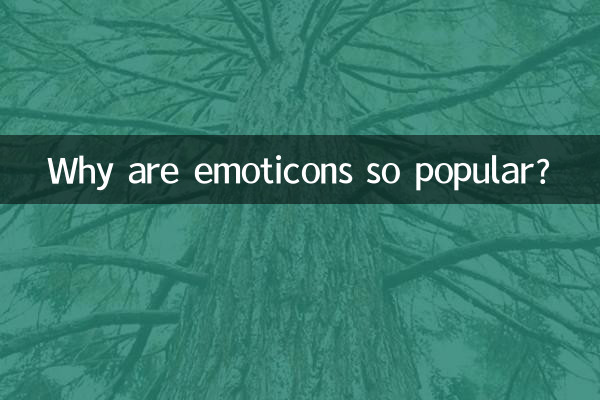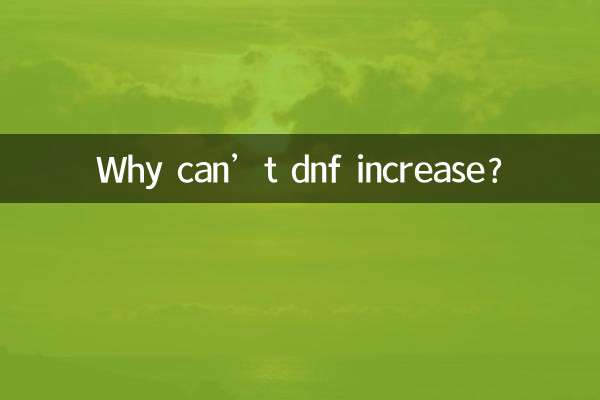Why are emoticons so popular?
In today's social media era, emoticons have become an integral part of people's daily communications. Whether it is WeChat group chats, Weibo comments, or short video platform barrages, emoticons can always convey emotions and information in a humorous and intuitive way. So why are emoticons so popular? This article will analyze the reasons for the popularity of emoticons from the perspectives of data, psychology and communication, and sort out the popular emoticon topics in the past 10 days.
1. Popular data of emoticons

According to the analysis of Internet search and social platform data in the past 10 days, the usage and discussion of emoticons remain high. The following are statistics on some popular emoticons and related data:
| Emoticon package name | Usage (10,000 times) | Popular platforms | Related topics |
|---|---|---|---|
| "Cat lying flat" | 1200 | WeChat, Weibo | #Contemporary young people are lying down# |
| "Crazy Thursday" | 950 | Douyin, Bilibili | #KFCCrazyThursdayLiterature# |
| "Back, back, back" aunt | 800 | Kuaishou, Xiaohongshu | # retreat retreat demonic brainwashing# |
| "Panda Head" series | 1500 | Tieba, QQ | #pandaheadexpressionpackuniversaltext# |
2. The psychological reasons for the popularity of emoticons
1.Ease of expressing emotions: Text communication often cannot fully convey emotions, and emoticons can intuitively express emotions and reduce misunderstandings. For example, the "cry with laughter" emoticon can both express humor and relieve embarrassment.
2.social identity: Use popular emoticons to quickly integrate into the group and enhance your sense of belonging. For example, the spread of the "Crazy Thursday" meme made participants feel a sense of collective humor.
3.Stress reduction and entertainment: The funny nature of emoticons can relieve stress, especially during high-intensity work and study. A magical emoticon can make people smile.
3. Communication characteristics of emoticons
1.viral: Emoticons are usually simple, repetitive, and magical, and are easy to imitate and create secondary creations. For example, the body movements of the "Back, Back, Back, and Back" aunt have been widely adapted by netizens.
2.Cross-border integration: Emoticons are often combined with hot events, such as lines from film and television dramas, celebrity updates, etc., to further expand the scope of communication. "Recently"hurricane"The emoticons of the characters in the play became popular due to the popularity of the plot.
3.Low threshold creation: Anyone can create emoticons, whether they are screenshots with text or hand-drawn graffiti. This openness has promoted the diversified development of emoticons.
4. Future trends: Will emoticons become outdated?
From the current point of view, the vitality of emoticons is still strong. With the development of AI technology, personalized emoticon generation tools (such as AI painting) will further lower the threshold for creation. At the same time, emoticons may also be upgraded from static pictures to dynamic videos, AR interactions, etc., becoming a richer social language.
In short, the popularity of emoticons is the result of the joint action of Internet culture, psychological needs and communication mechanisms. It is not only an entertainment tool, but also the epitome of modern people's emotional expression. In the future, we may see more unexpected forms of emoticons, but their core value—delivering happiness and resonance—will never change.

check the details

check the details